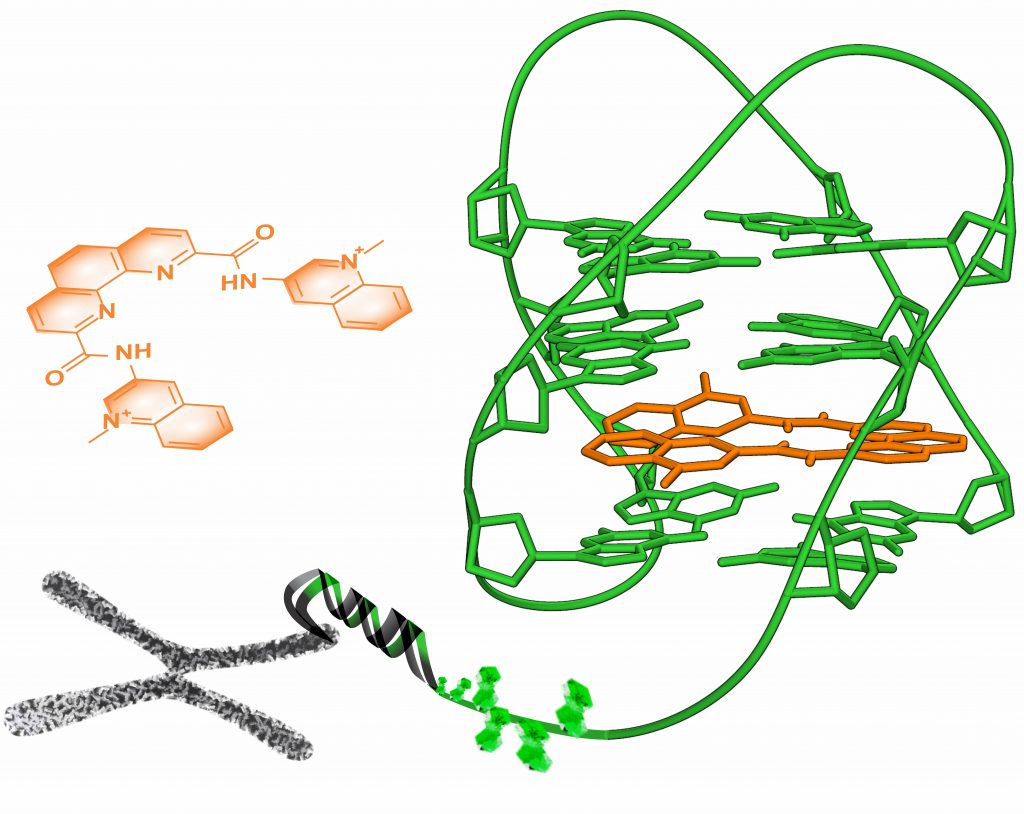Insights into ligand-DNA binding to provide awareness on the role of G-rich sequences in Life and disease
|One of the biggest challenges that modern medicine must overcome when facing complex and severe disease such as tumors is to find specific drug targets, on which medicines can bind and express their therapeutic action. Telomeric G-quadruplex DNA structures (elements characterized by the formation of square planar guanine quartets, that play a crucial role in replication, recombination, transcription, translation, and telomere maintenance) are among the attractive anti-cancer drug targets.

In fact, stabilizing G4s with small-molecule ligands can inhibit telomerase or interrupt telomere capping and maintenance, resulting in cancer cell apoptosis; however, their polymorphism complicates the drug design: different ligands prefer different folds, and very few complexes have been solved at high resolution. Prof. Valérie Gabelica (Université de Bordeaux), Prof. Janez Plavec (National Institute of Chemistry), Dr. Marko Trajkovski, PhD, and colleagues studied how Phen-DC3, a U-shaped heterocyclic compound (i.e. a cyclic molecule in which one or more atoms in the cycle aren’t carbon) with high affinity for G4s structures, binds to these genomic tracts, revealing an intercalative binding mode of Phen-DC3 and a change of topology of G4: analysis carried out with the use of 600 and 800 MHz NMR spectrometers at the Slovenian CERIC Partner Facility in Ljubljana have shown for the first time a true ligand intercalation into an intramolecular G-quadruplex, followed by a transformation of telomeric G4 from hybrid to an antiparallel, chair-type conformation.
Even if further studies are needed in order to understand the driving force for the preferential binding of Phen-DC3 to specific G4 conformations, the disclosure of the complex’s high-resolution details at the DNA-ligand interface provides a starting point for the use of Phen-DC3 analogs targeting specific G4 structures in vitro and in vivo, hopefully allowing to implement more efficient anti-cancer treatments.
ORIGINAL ARTICLE:



